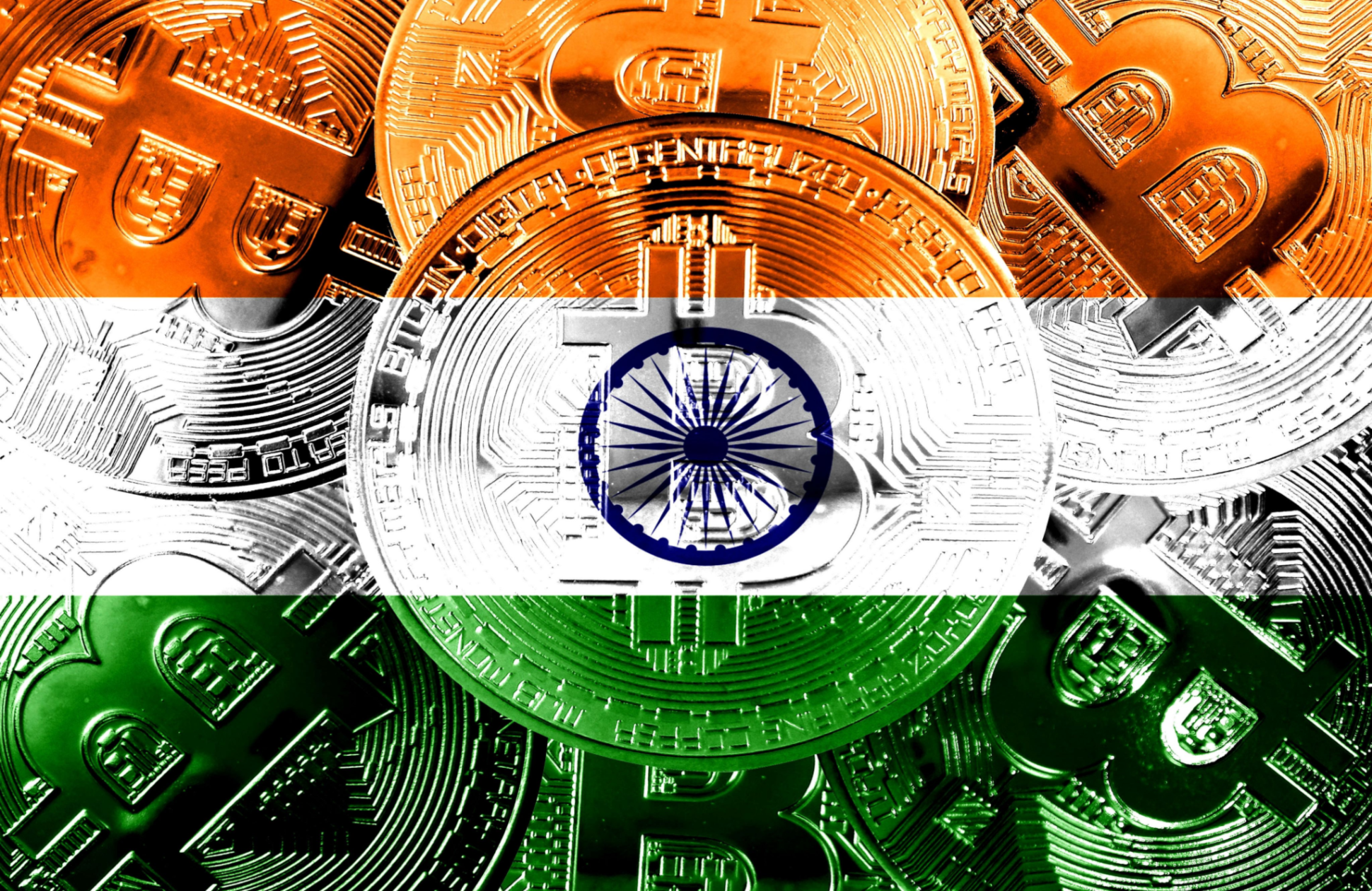India is planning to roll out its own digital currency using blockchain to combat the volatility of cryptocurrencies and ensure a transparent and safer alternative to crypto. It is following China’s push towards digital to internationalize its own currency. However, effective stakeholder collaboration, interoperability with existing payment systems, and data protection will be paramount to instil consumer interest and encourage adoption.
India follows China in a push for digital currency
The Reserve Bank of India (RBI) announced it would conduct a limited pilot for Central Bank Digital Currency (CBDC), following China, which is testing its digital Yuan. A CBDC is a digital currency note issued by a central bank. The growing popularity of cryptocurrencies has forced central banks to think of a safe and efficient alternative to combat uncertainties around cryptocurrencies.
Cryptocurrencies, despite a lack of formal regulation, are increasingly challenging the traditional financial system. Many retail investors in India who have not been able to invest in cryptos see it as a missed opportunity. The RBI fears that the wider adoption of cryptos could prove to be a threat to the country’s financial stability. The development of a digital alternative is a notable countermeasure to ensure progress and integrity. In addition, India heavily spends on printing physical currency and digital will help curb this cost. This currency could also be a cost-effective solution for cross-border payments, as India is the largest recipient of remittances globally.
Emerging market central banks are citing financial inclusion and payment efficiency as top motivating forces. The push for digital will intensify, driven by the diminishing use of cash and the digitalization of the economy. Over 100 countries are exploring digital currencies with nearly 17 countries, including China and South Korea, piloting digital currencies and planning to launch in the near future. China is at the forefront of the digital currency race, with e-CNY transactions increasing from CNY87.6 billion ($12.1 billion) in 2021 to CNY100 billion ($13.9 billion) in August 2022. Also, around 10 countries including the Bahamas, Jamaica, Anguilla, and Nigeria have already launched digital currencies.
Privacy and financial stability will be paramount in designing CBDCs
As CBDCs are digital, ensuring privacy will be vital at the design stage. India must ensure partial anonymity for digital currency like China and the Bahamas, which are ensuring anonymity for lower-tier transactions to achieve the same level of anonymity as cash.
The degree of anonymity must be inclusive and responsive to the changes in the local market, and data protection and privacy concerns must be addressed to ensure adoption. India must limit digital holdings to avoid outflows of bank deposits to CBDC and ensure financial stability.

US Tariffs are shifting - will you react or anticipate?
Don’t let policy changes catch you off guard. Stay proactive with real-time data and expert analysis.
By GlobalDataInteroperability and offline capability will support wider digital currency adoption
Digital payments are thriving in India due to the availability of high-speed internet at low costs and the rise in smartphone penetration. This is also supported by progressive government reforms, growing financial literacy, a rise in tech-savvy consumers, and the proliferation of mobile payment solutions. The government-backed Unified Payments Interface (UPI) has become a common mode of mobile payment. RBI must connect its currency to UPI for greater accessibility. Interoperability between payment systems will help achieve greater adoption but will require stakeholder collaboration.
Adding an offline capability to the digital currency will improve financial inclusion and adoption, even in areas with limited connectivity. An offline capability will also differentiate the currency from the existing digital payment services.








